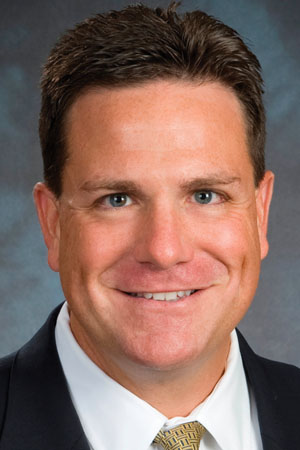After a rough, cat-filled 2011, how do commercial-lines carriers feel about 2012? NU asked several key players for their perspective on which lines offer new opportunities; how they will expand their distribution channels; where carriers will be investing; and how they will handle relationships with risk managers as the market hardens and rates increase for the first time in years.
 Scott Higgins
Scott Higgins
President
Travelers Commercial Accounts
2012 will be a challenging marketplace. The opportunities will be for those insurance carriers that have the financial strength to invest in the right products and services despite the challenges facing the industry; and for those that can demonstrate high-quality, price-effective services that are designed to meet or exceed our agents' and customers' unique and evolving needs.
Recommended For You
Want to continue reading?
Become a Free PropertyCasualty360 Digital Reader
Your access to unlimited PropertyCasualty360 content isn’t changing.
Once you are an ALM digital member, you’ll receive:
- Breaking insurance news and analysis, on-site and via our newsletters and custom alerts
- Weekly Insurance Speak podcast featuring exclusive interviews with industry leaders
- Educational webcasts, white papers, and ebooks from industry thought leaders
- Critical converage of the employee benefits and financial advisory markets on our other ALM sites, BenefitsPRO and ThinkAdvisor
Already have an account? Sign In Now
© 2025 ALM Global, LLC, All Rights Reserved. Request academic re-use from www.copyright.com. All other uses, submit a request to [email protected]. For more information visit Asset & Logo Licensing.








